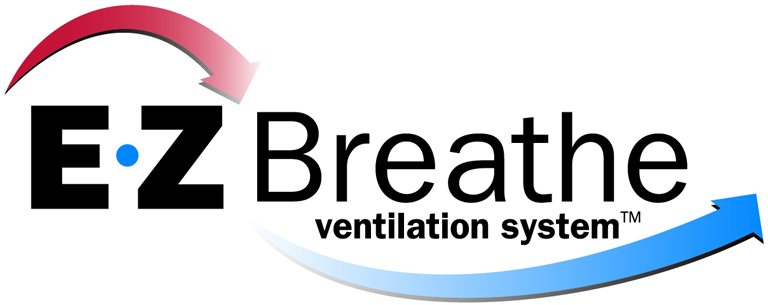Good Information on UV Light and Air Quality
From the 18th Annual Indoor Air Quality Association Meeting
March 17, 2015
At EZ Breathe we often get questions from our customers, and the public, about specific technologies in the areas of ventilation, air quality, and healthy homes. We encourage those questions, and we constantly attend conferences to learn, as well as to teach others. One of the things we want to accomplish with our blogs is to inform and educate you on what we are learning!
I’m sure many of you have heard about UV Light being used for air purification. You may have even seen it at a home and garden show, or in a magazine, or on TV.
For some time, we at EZ Breathe have been watching UV light being used in commercial, medical, and residential buildings for the purposes of increased air quality. It is a fascinating subject, with a lot of promise, and there are several sessions at the conference.
In fact, I just attended a session “The NADCA White Paper: Ultraviolet Lighting Applications in HVAC Systems”. Thanks for enlightening me Dan Stradford, presenter!
What a bowl of alphabet soup! Here is a quick preface to the acronyms I’ll be referencing:
NADCA = National Air Duct Cleaning Association
HVAC = Heating Ventilation and Air Conditioning (I could jump on my soap box about the “missing V in most residential HVAC companies”, but that is for another day.)
UVC = The type of ultraviolet light that is used in these type of systems
UVGI = When UVC is used for germicidal purposes
Quick facts:
1. UVGI deactivates or kills microorganisms by disrupting their DNA. This includes bacteria, molds, etc.
2. I was amazed to learn that UV light has been used to reduce microorganisms all the way back to around 1900!
3. UVGI is used to make drinking water safe in much of the world.
4. In HVAC systems, it is primarily used in two ways:
a. On coils and drip pans to kill microorganisms on surfaces
b. In duct work to kill the same on surfaces in the duct work, but primarily to kill them as they pass through the air stream when the blower is operating.
UVGI can be effective, the following will determine how effective it will be:
1. Temperature
2. Humidity
3. Particulate in the air stream
4. Cleanliness of the lamps themselves
5. Age of the lamps
6. Proper placement of lamps
7. Reflectiveness of the surfaces
8. Speed of air flow
9. Number of lamps
10. The microorganism’s ability to withstand the UVGI
11. Intensity of the lamp
One thing that was stressed was the importance of the training of the people who install, and maintain these UVGI systems. This is not something that should be done by untrained people. Bad installation or maintenance can actually do harm to your HVAC system components, and can cause at least short term harm to human skin or eyes if improperly installed or maintained. If you inspect or replace your own bulbs, you really need to be properly trained.
In conclusion, we at EZ Breathe are going to continue to stay abreast of UVGI. It is being used widely in commercial, and hospital/medical facilities. There are residential applications available, and they are worth considering. If you want to talk about YOUR indoor air quality needs, please give us a call.
Off to another session!
Tim Chapin, HHS, CRMI
EZ Breathe Ventilation Systems
866-822-7328
